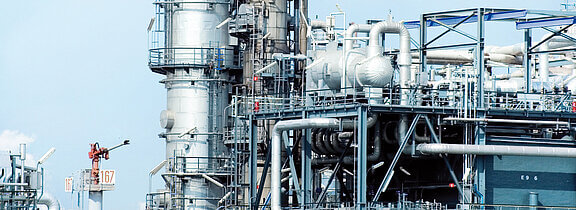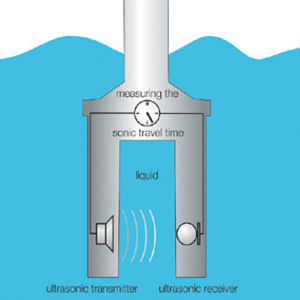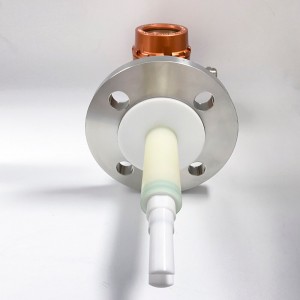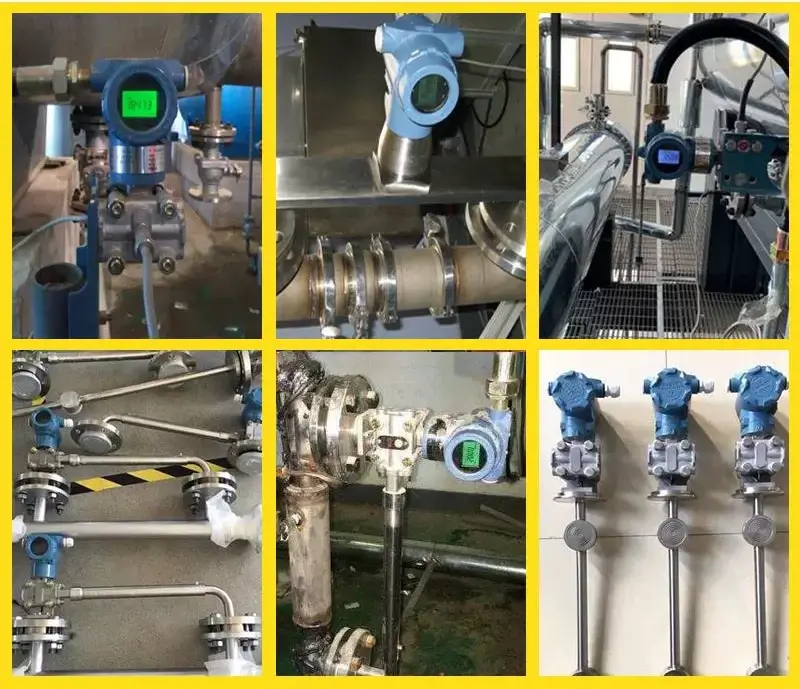In industries like chemical manufacturing, pharmaceuticals, food and beverage, and pulp and paper, a precise caustic concentration analyzer is critical for maintaining process efficiency, product quality, and regulatory compliance. Inconsistent chemical concentration measurement can lead to costly downtime, wasted resources, and non-compliance with strict industry standards.
Whether you're a process engineer seeking reliable concentration measuring devices or a quality control professional needing accurate chemical concentration sensors, real-time monitoring of caustic solutions by Lonnmeter, such as acids and bases, is a game-changer over decades of experience. Address primary technical problems to pursue higher efficiency by virtue of Lonnmeter manufacturer of inline process sensors while reducing costs and waste.

Why Real-Time Caustic Concentration Monitoring Matters
The Importance of Accurate Chemical Concentration Measurement
Precise chemical concentration measurement is the backbone of efficient industrial processes. In industries like semiconductor manufacturing, where measurement of acid is critical for etching and cleaning, or in water treatment facilities adjusting pH with caustic solutions, even minor deviations in concentration can lead to off-spec products, equipment damage, or safety hazards. Traditional manual sampling methods are slow, labor-intensive, and prone to errors like sample degradation or matrix interference.
Concentration measuring instruments that provide real-time data eliminate these existing issues, offering immediate feedback for process control. They often take effects on keeping accuracy and safety while improving efficiency to minimize delays associated with lab-based analysis, enabling faster decision-making.
Intelligent Continuous Monitoring VS Manual Sampling
|
Challenge |
Manual Sampling |
Real-Time Monitoring |
|
Accuracy |
Prone to errors |
High precision |
|
Speed |
Slow (hours/days) |
Instant feedback |
|
Safety |
Hazardous handling |
Automated, safer |
Industries Benefiting from Inline Concentration Measurement
Inline concentration measurement is a must-have for industries requiring continuous process control like chemical manufacturing, pharmaceuticals, food & beverage, pulp & paper, as well as semiconductor.
By integrating concentration measurement instruments into process streams, these industries achieve real-time insights, reducing waste and ensuring compliance with regulations like FDA or ISO standards. Moreover, they are versatile concentration monitors, being applicable to H2SO4, HCl and NaOH.
How Caustic Concentration Analyzers Work
Technology Behind Concentration Measuring Devices
The caustic concentration analyzer from Lonnmeter utilizes ultrasonic technology, which infers the speed of sound by measuring the transmission time of sound wave from the signal source to the signal receiver. This measurement method is not affected by the conductivity, color and transparency of the liquid, ensuring extremely high reliability.
Users can achieve a measurement accuracy of 5‰, 1‰, 0.5‰. The multi-functional ultrasonic concentration meter is able to measure Brix, solid content, dry matter or suspension. Its mechanical performances will not degrade with time for no moving parts.
For measurement of acid or base, the inline sensor provides continuous data without the need for manual sampling. The device is designed to withstand harsh environments, such as high temperatures or corrosive chemicals, making them ideal for industrial applications.


Key Considerations in Measuring Acid Concentration
To determine the concentration of an acid, factors like temperature, pressure, and matrix interference must be addressed. For instance, gas bubbles or sediment in the liquid can skew readings, requiring robust sensors with built-in compensation mechanisms. Advanced concentration measuring instruments use algorithms to correct for environmental variables, ensuring consistent results.
Addressing Pain Points with Inline Concentration Measurement
Overcoming Accuracy and Reliability Challenges
Inconsistent measurements are a major pain point for process engineers. Chemical concentration monitors tackle this by Minimizing matrix interference through advanced signal processing. In addition, durable materials are used to prevent ·corrosion in harsh environments like acid baths.
Key Points:
- Robust Design: Materials like titanium or PTFE withstand corrosive liquids.
- Error Detection: Algorithms flag anomalies like gas bubbles or sediment.
Boosting Operational Efficiency and Reducing Costs
Manual sampling is time-consuming and costly. Inline concentration measurement eliminates these inefficiencies by:
- Providing instant data for faster process adjustments.
- Reducing labor costs associated with manual analysis.
- Minimizing waste from off-spec batches.
Key Points:
- Time Savings: Real-time data cuts analysis time from hours to seconds.
- Cost Reduction: Fewer consumables and less waste lower operational expenses.
- Automation: Integration with control systems enables hands-free operation.
Ensuring Safety and Compliance
Potential safety hazard to human beings requires lower exposure to demanding environments. Non-compliance is one main reason for costly penalties.
Chemical concentration sensors address these concerns by:
- Automating measurements to reduce human exposure.
- Providing accurate data to meet regulatory standards (e.g., FDA, HACCP).
- Enabling rapid response to leaks or spills.
Key Points:
- Safety: Inline systems minimize manual handling of acids or bases.
- Compliance: Consistent data ensures adherence to strict regulations.
- Emergency Response: Real-time alerts enable quick action in hazardous situations.

FAQs
What is an Acid?
An acid is a chemical substance that donates protons (H⁺ ions) in a solution, lowering its pH below 7. Common acids in industrial processes include sulfuric acid (H2SO4), hydrochloric acid (HCl), and nitric acid (HNO3).
Which Liquids Can Be Measured by Lonnmeter Ultrasonic Concentration Meter?
Modern concentration measuring devices can measure a wide range of liquids, including Acids (e.g., H2SO4, HCl, HF), Bases (e.g., NaOH, KOH), Sugars and syrups (e.g., Brix measurement in food processing), Alcohols and solvents, dissolved solids in wastewater.
Where is the Concentration Measurement of Acids Carried Out?
Concentration measurement of acids occurs in chemical plants, water treatment, pharmaceuticals semiconductors or food processing for production & quality control, water pH and neutralization, etc.
Real-time caustic concentration analyzers and concentration measuring devices are transforming industrial processes by delivering accurate, efficient, and safe chemical concentration measurement. By addressing pain points like inconsistent measurements, high costs, and compliance challenges, these advanced concentration measurement instruments enable process engineers, quality control professionals, and safety managers to optimize operations and reduce waste.
Whether you're measuring acids in a chemical plant or monitoring caustic solutions in food processing, Lonnmeter inline chemical concentration sensors offer a reliable solution. Ready to boost your process efficiency? Contact Lonnmeter engineers for tailored solutions or request for first-order discounts of new clients.
Post time: Jun-16-2025











